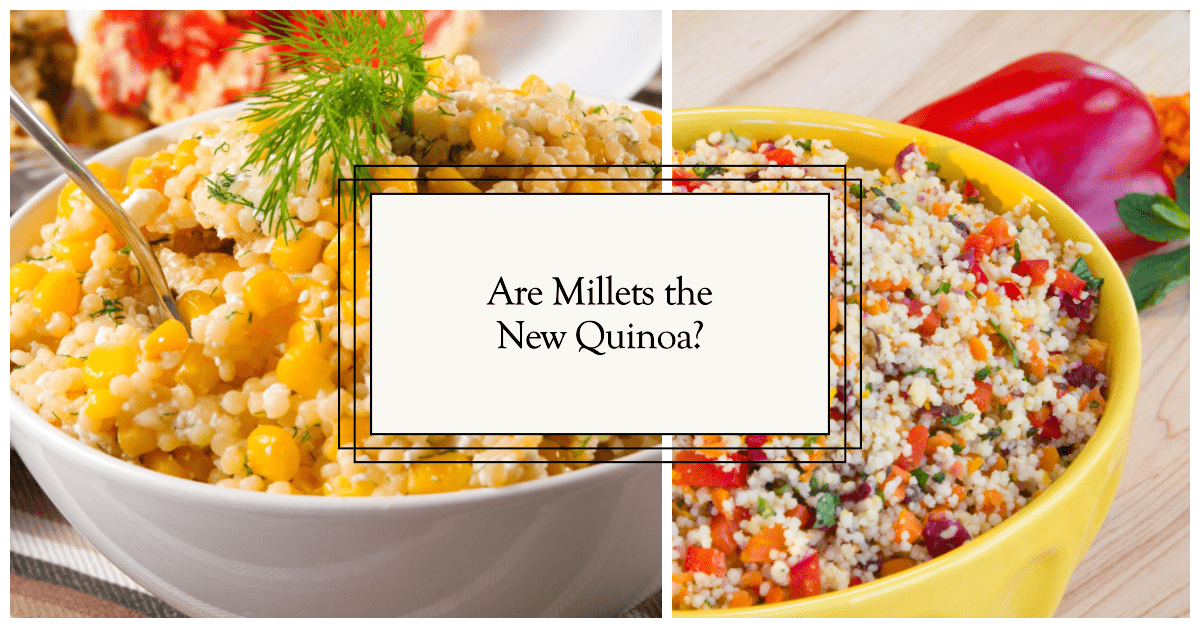In the past decade, Quinoa has been pushed into mainstream popularity by appealing to the trend of increased health consciousness by marketing Quinoa types as ‘Superfoods’ across the world. This has also led to the growth of the vegan and vegetarian trend in India where celebrities like Shilpa Shetty, Sakshi Dhoni, and Alia Bhatt promoted quinoa recipes on their social media handles as healthy alternative food options. Of course, it comes off as no surprise that from such popular endorsements, Quinoa quickly rose to the top of the food hierarchy in India. However, with the advocation of millets through the G20 Summit this year, is it possible to replace this superfood with traditional Indian Millets? It’s quinoa vs millets and their nutritional comparison.
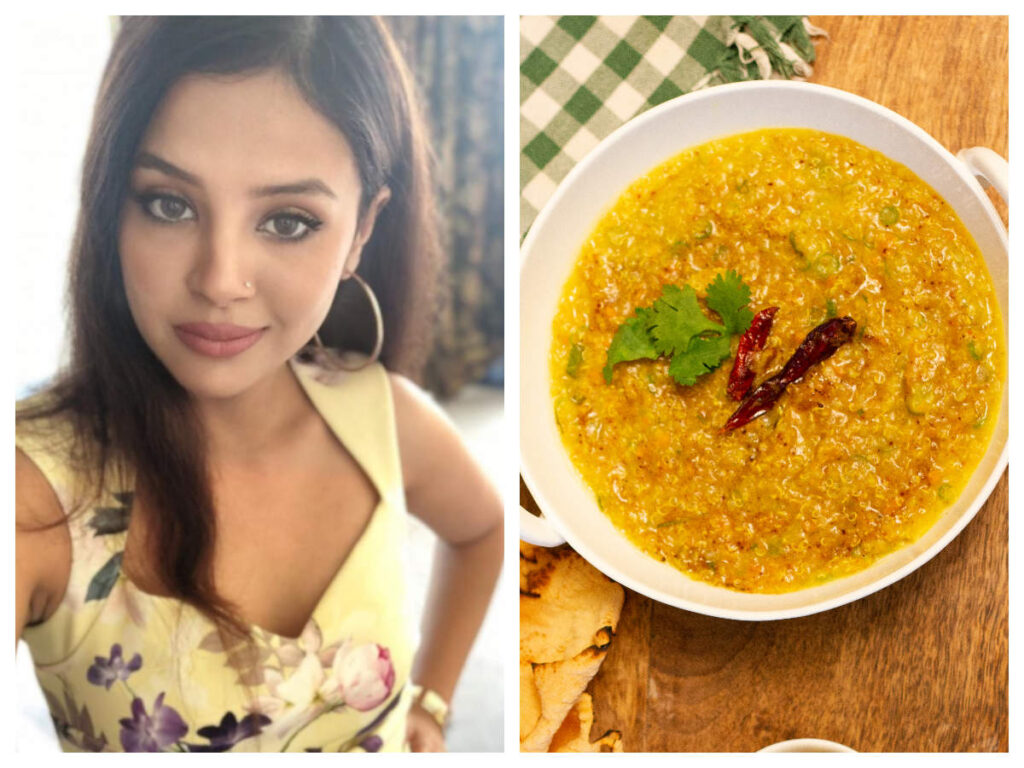
Different types of Quinoa and Millets
In order to understand both of these grain groups well, we must understand the different types of grains each of these food groups contains. There are four types of Quinoa namely White Quinoa, Red Quinoa, Black Quinoa, and Rainbow Quinoa. On the other hand, there are various types of millets but the most popular ones include the Pearl Millet (Bajra), Finger Millet (Ragi), Foxtail Millet (Kangni), and Proso Millet(Barri).
Types of Quinoa:
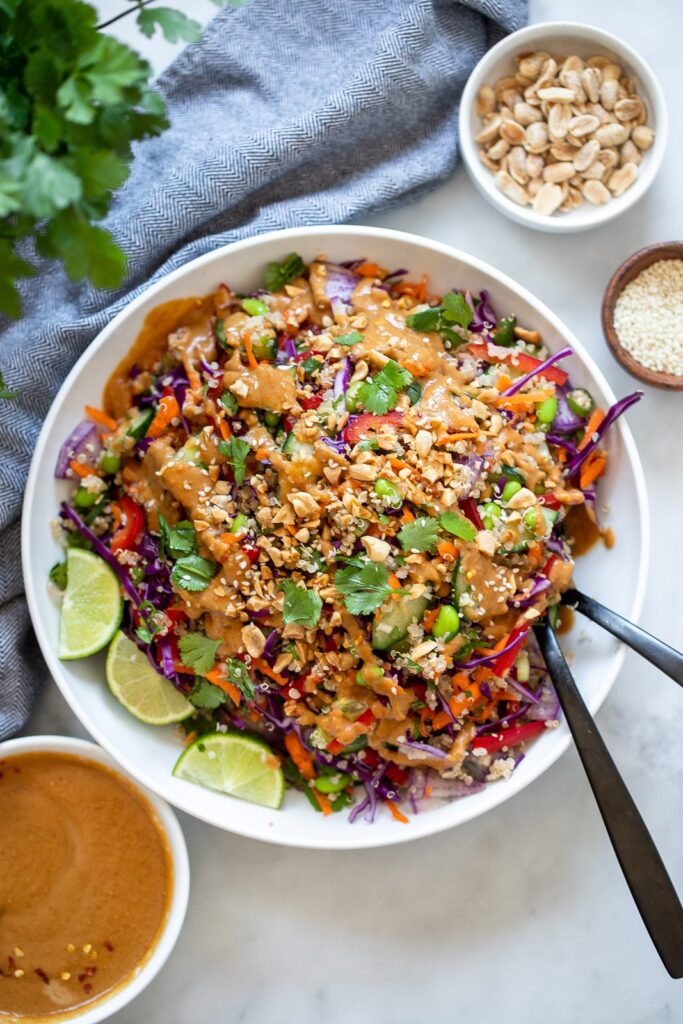
White Quinoa: This is the most common type of quinoa and has a mild, nutty flavor. It has a soft texture and cooks relatively quickly.
Red Quinoa: Red quinoa is similar in taste and texture to white quinoa but has a slightly nuttier flavor and a darker color. It is also slightly more nutritious than white quinoa, as it contains more antioxidants.
Black Quinoa: Black quinoa has a slightly sweeter taste than white or red quinoa and a slightly crunchy texture. It is also rich in antioxidants and other nutrients.
Rainbow Quinoa: A mix of white, red, and black quinoa. It has a slightly nutty flavor and a soft texture.
Types of Millet:
Pearl Millet: Pearl millet is the most widely cultivated type of millet in India and Africa. It has a mild, nutty flavor and a slightly chewy texture.
Finger Millet: Also known as ragi, finger millet is a staple food in southern India. It has a slightly earthy flavor and a dense, nutty texture.
Foxtail Millet: Foxtail millet is a common grain in China, India, and Southeast Asia. It has a mild, slightly sweet flavor and a fluffy texture.
Proso Millet: Proso millet is a small, round grain that has a mild, slightly sweet flavor and a soft, fluffy texture.
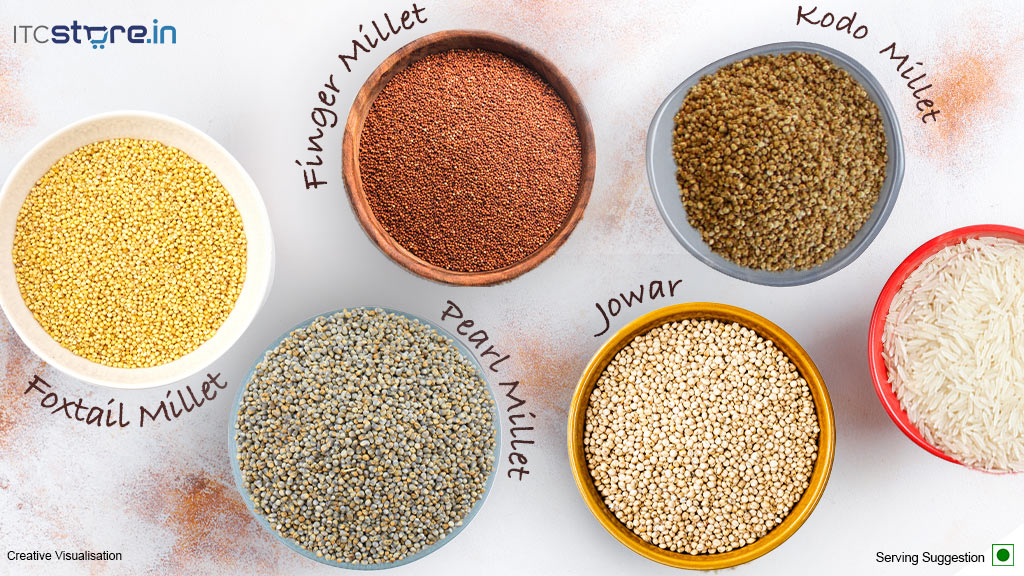
Comparison of Nutritional Value of Quinoa vs Millets
While we have been made fully aware about how Quinoa is a Superfood in the past few years, millets have much lesser popularity in being well understood for their high nutritional value and health benefits. In order to evaluate, compare and contrast the two grain groups’ qualities, we will judge them based on five parameters namely their protein quantities, carbohydrates content, fiber content, fat content, and vitamins.
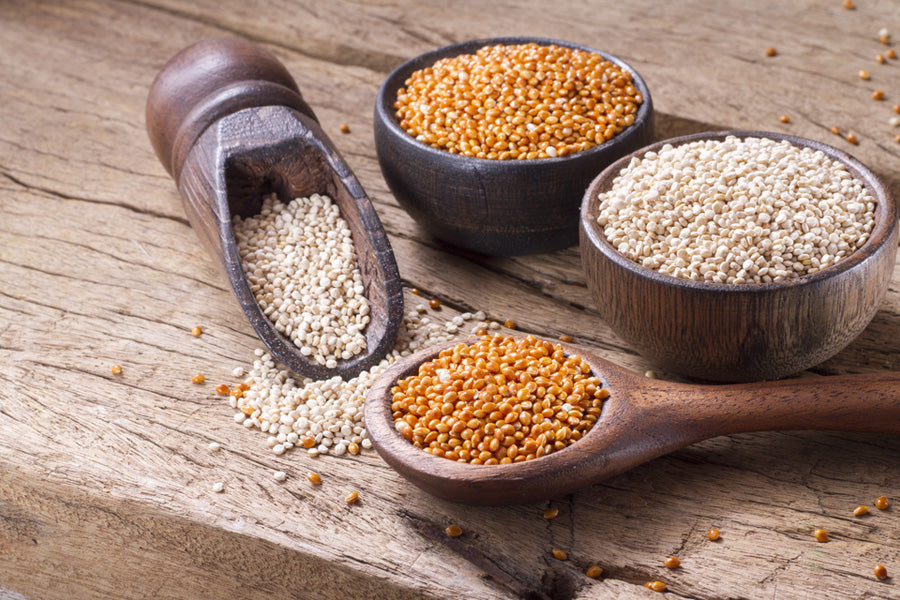
Protein: Quinoa is a good source of protein, containing all nine essential amino acids. Millets are also a good source of protein but do not contain all essential amino acids. Quinoa contains approximately 4.4 grams of protein per cooked cup, while millets contain around 3.51 grams.
Carbohydrates: Both quinoa and millets are good sources of carbohydrates. Quinoa has a lower glycemic index than millets, which means it can help regulate blood sugar levels. Each cup of cooked quinoa contains approximately 21.3 grams of carbohydrates while cooked millets contains approximately 23.7 grams of carbohydrates.
Fibre: Quinoa and millets are good sources of dietary fibre. However, quinoa has more fibre than millets; this is because quinoa contains 2.8 grams of fibre per cooked cup. Millets contain 1.3 grams of fibre per cooked cup.
Fat: When it comes to fat levels present in popular grains, both Quinoa and millets are low in fat. However, Millets beat Quinoa here as Millets contain only 1gm fat per cooked cup as compared to Quinoa’s 1.92 grams.
Vitamins: Both quinoa and millets are high in vitamins and minerals. Quinoa is particularly rich in iron, magnesium, phosphorus, and zinc; millets are high in magnesium and phosphorus.
Source: USDA Food Central
Are Millets better than Quinoa for the Indian diet?
Although many Indian celebrities pushed the Quinoa agenda forward, Millets are more suitable for the average Indian’s diet than Quinoa. For starters, Quinoa is not indigenous to the Indian palate or environment because it is a crop that originated in the Andean region of South America. The biggest contributing characteristic of the Andes is the high-altitude of the region which brings about high UV radiation, coupled with a cold, and dry weather. Such an environment is unlike most regions in India where despite the wide range of climatic conditions prevailing in the country, it does not support Quinoa cultivation, making its consumption a costlier phenomenon than consuming Millets.
India has a long history with Millets as its traditional diet component for various different food cultures present in India. This is because of the crop’s ability to withstand arid and dry climates making India perfect to cultivate them. With low ideal soil requirements and high heat tolerance, a culture of cultivation and consumption of Millets would be an extremely efficient and cheap alternative to the Indian food system.
Which crop group is more versatile: Quinoa vs Millets?
Although the two grain groups are neck-to-neck in terms of their nutritional values, the versatility of their usage in different meal options is a very important aspect that decides its sustainability in the Indian food system. While both are used in versatile dishes such as breads, cakes, casseroles, cookies, porridges, etc., there is one significant difference. Quinoa can be best used in dishes that are of foreign origin such as casseroles, pasta, pilaff, pancakes, and more. Unlike quinoa, Millets can be used in Indian cuisines such as pulao and biryani, suiting the average Indian’s present diet.
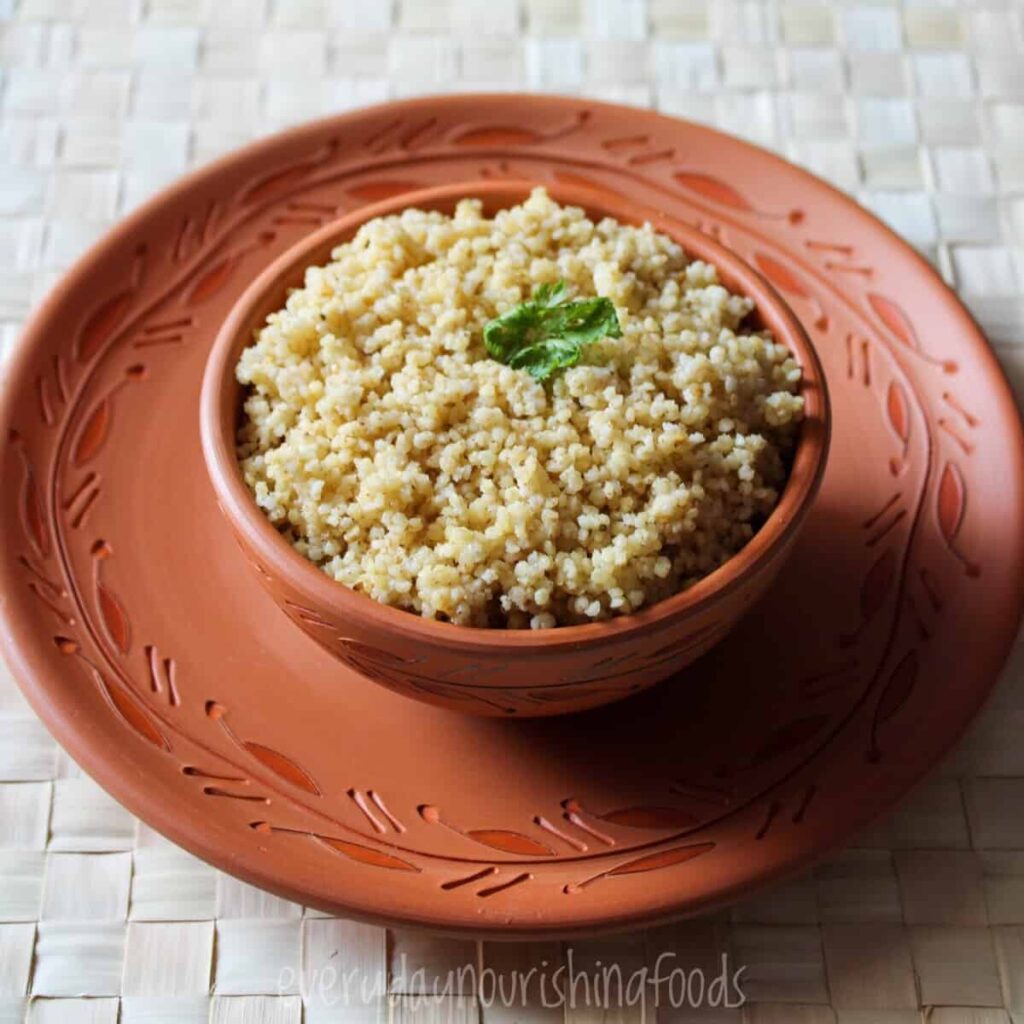
Key Takeaways
While both are nutrient-dense and healthy, as a conscious Indian citizen, we must understand the revolutionising factor of millets. The increased cultivation of Millets will significantly reduce the cost of resources needed to import foreign grains like Quinoa. It will become a core part of a sustainable, self-reliant food system. It has the ability to replace the Indian diet’s ingredients without changing the map of the country’s delicacies completely. Whether you want to try an alternative grain or exploring options, millets are a good step towards the right direction.

